A Peek into Thailand’s Hottest Star’s World: 10 Facts You Should Know About Freen
Get an exclusive peek into the world of Freen Sarocha: uncover 10 facts ...
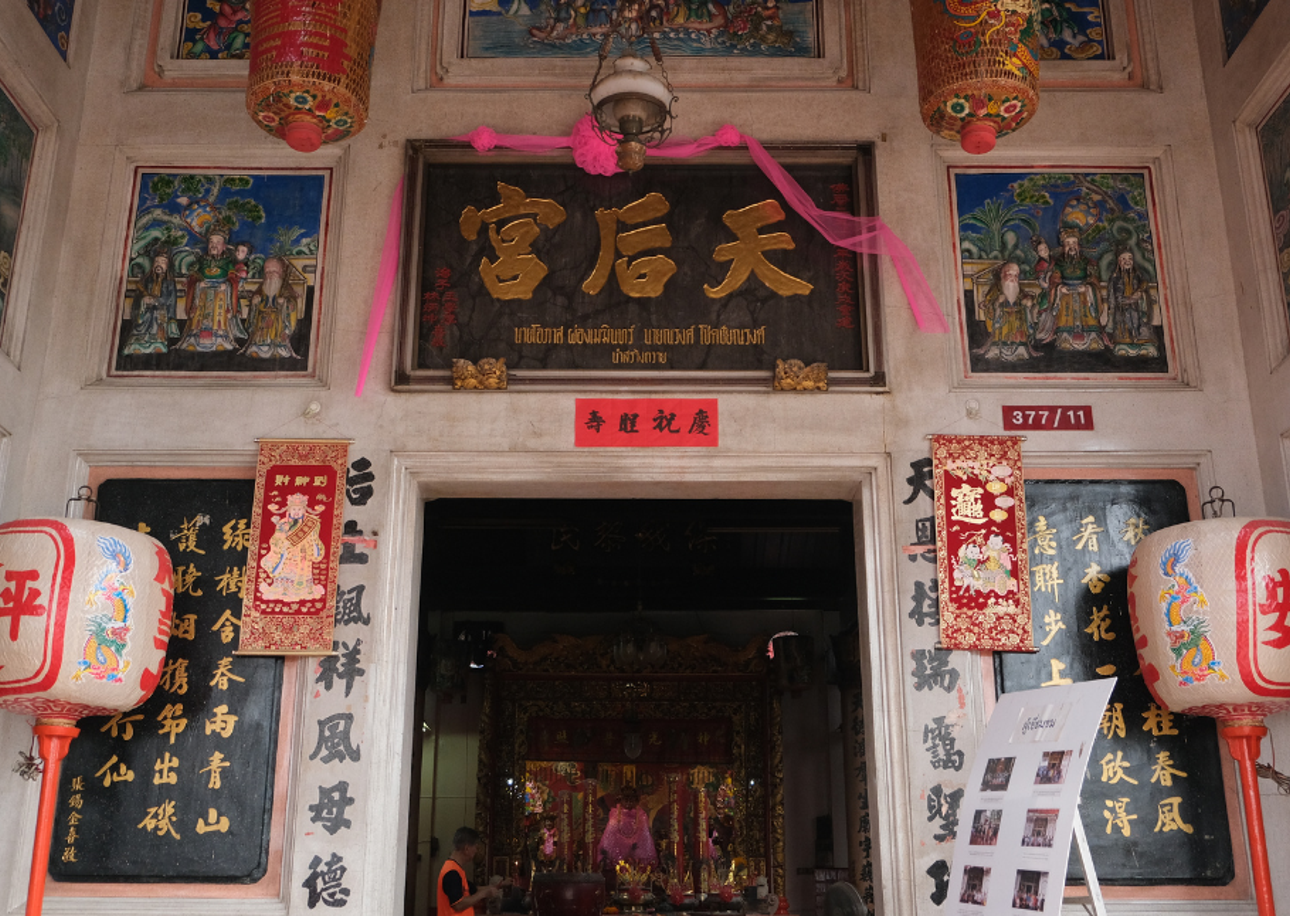
In this first column, he meets the campaigners advocating for a Chinese shrine in Samyan – a symbol of the struggle between development and local identity.
For three decades I’ve been visiting and writing about the ethnic urban villages that have shaped Bangkok’s layout, diversified its character and heightened its appeal. Many are fading as the young move out, pursue new trades or find identities beyond their traditional roles and beliefs. This is an old, organic process as ethnic minorities acculturated to Thainess, though plenty are resilient. Samsen’s Portuguese community pre-dates Krungthep becoming the capital and remains distinct.
Enough Thais and tourists want Kudi Jeen cakes, hand-beaten alms bowls or street art in Talad Noi for certain famous neighbourhoods to self-sustain. Spirit of place can survive an influx of outsiders. Chinatown has been repeatedly rejuvenated. For periods, it had been the city’s hub of business, then entertainment, then shopping. Today, Isaan actors sing Taechiu opera, gentrifiers open Sino-styled venues, and new Chinese sojourners trade in continuity with earlier waves of settlers.
The inner city’s fabric is a patchwork of enclaves, so construction inevitably clashes with communities. Many evictions by the state or landowners are negotiated with compensation. Several Hainanese woodworking neighbourhoods were transplanted to then-distant Prachanaruemit, yet they re-founded a thriving carpentry village.
Some evictions by the state or abbots have been devastating, as with those along the route since-aborted river promenade, or the razing of the communities at Wat Yannawa and Wat Kalayanamitr. Pom Mahakan community, whose specialities were fireworks and songbirds, was destroyed in 2016 with the BMA’s much-protested demolition of their unique homes, the last early Rattanakosin- era wooden houses.
A recent documentary, Last Breath of Samyan, explored what happens when a community gets consumed by a corporation. The landlord, Property Management of Chulalongkorn University (PMCU), has since 2007 been turning chunks of the vast Samyan/Suanluang block into “Smart City” academic facilities, parks and dorms. It also built offices, condos and malls like Samyan Mitrtown, which displaced the famous Samyan food market.
PMCU flattened a grid of shophouses that removed Suanluang’s legendary streetfood zone, as well as the homes and trades of the residents. That left just the local shrine dedicated to Chao Mae Tubtim – the Thai name of the seafarers’ goddess Mazu, who’s venerated by the Chinese diaspora.
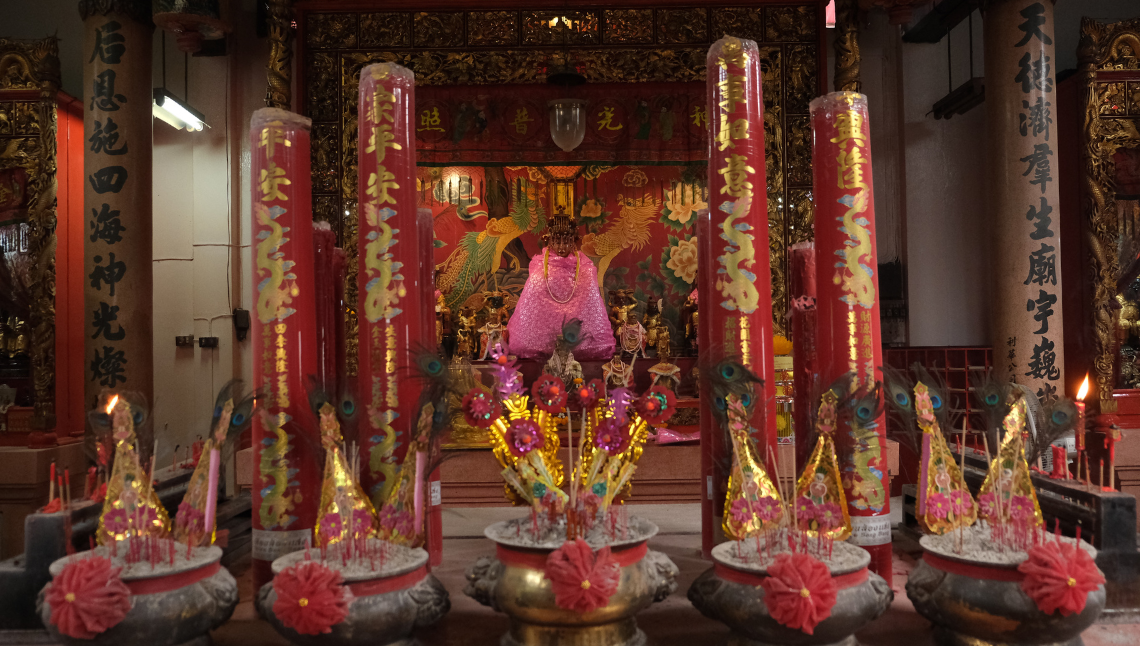
Since an eviction order in 2020, the shrine has become a Bangkok Alamo – a symbolic last-stand of ethnic local heritage. The defiant fourth-generation shrine- keeper, Penprapa Ployseesuay, has even been joined by students staying vigil there to protect it from sudden demolition, which befell the Wat Yannawa community.
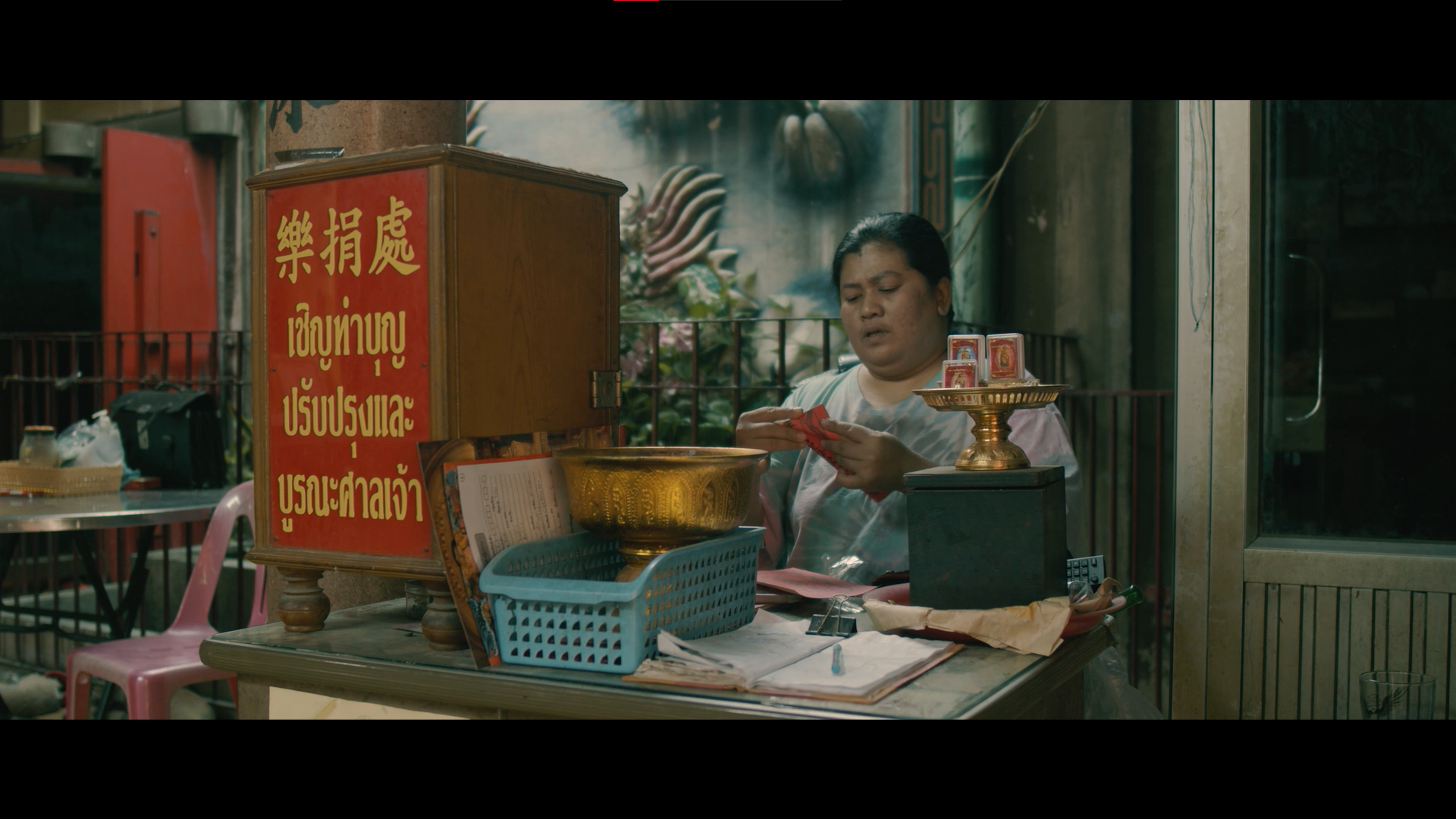
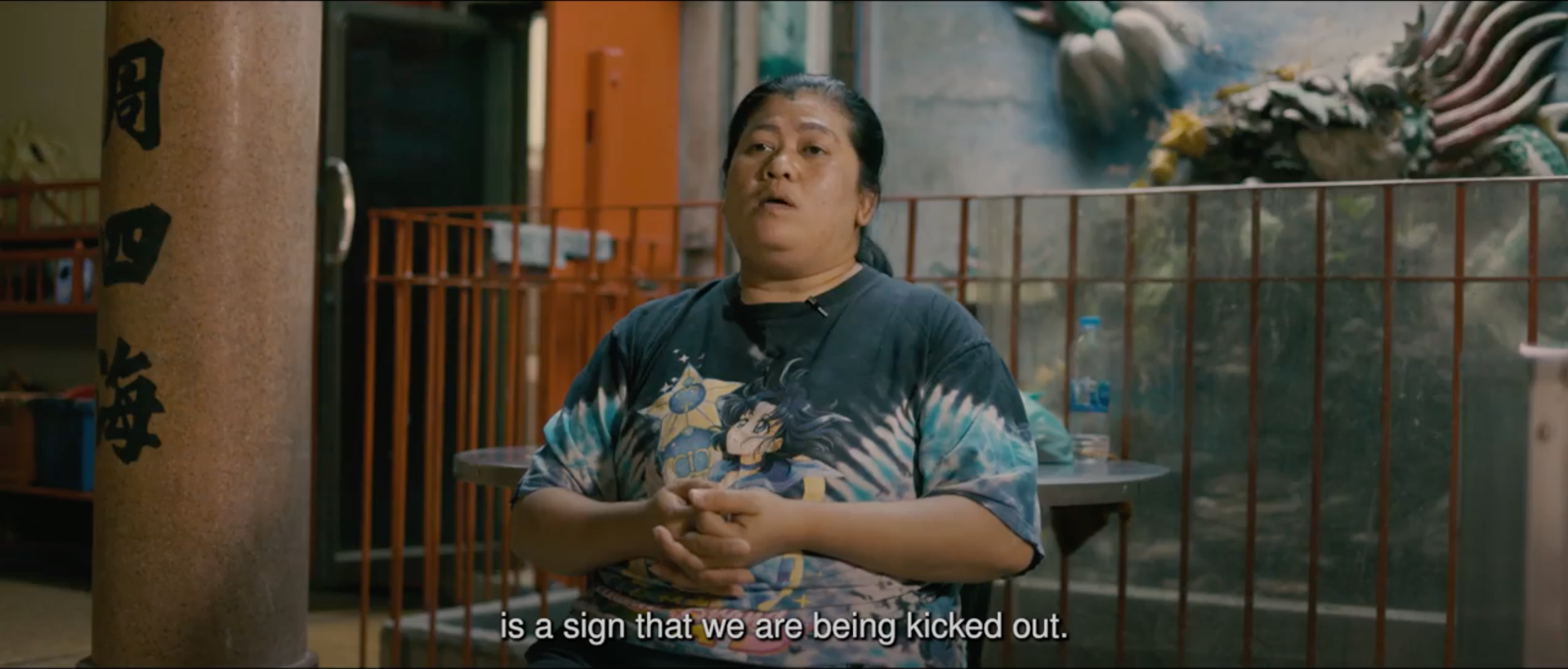
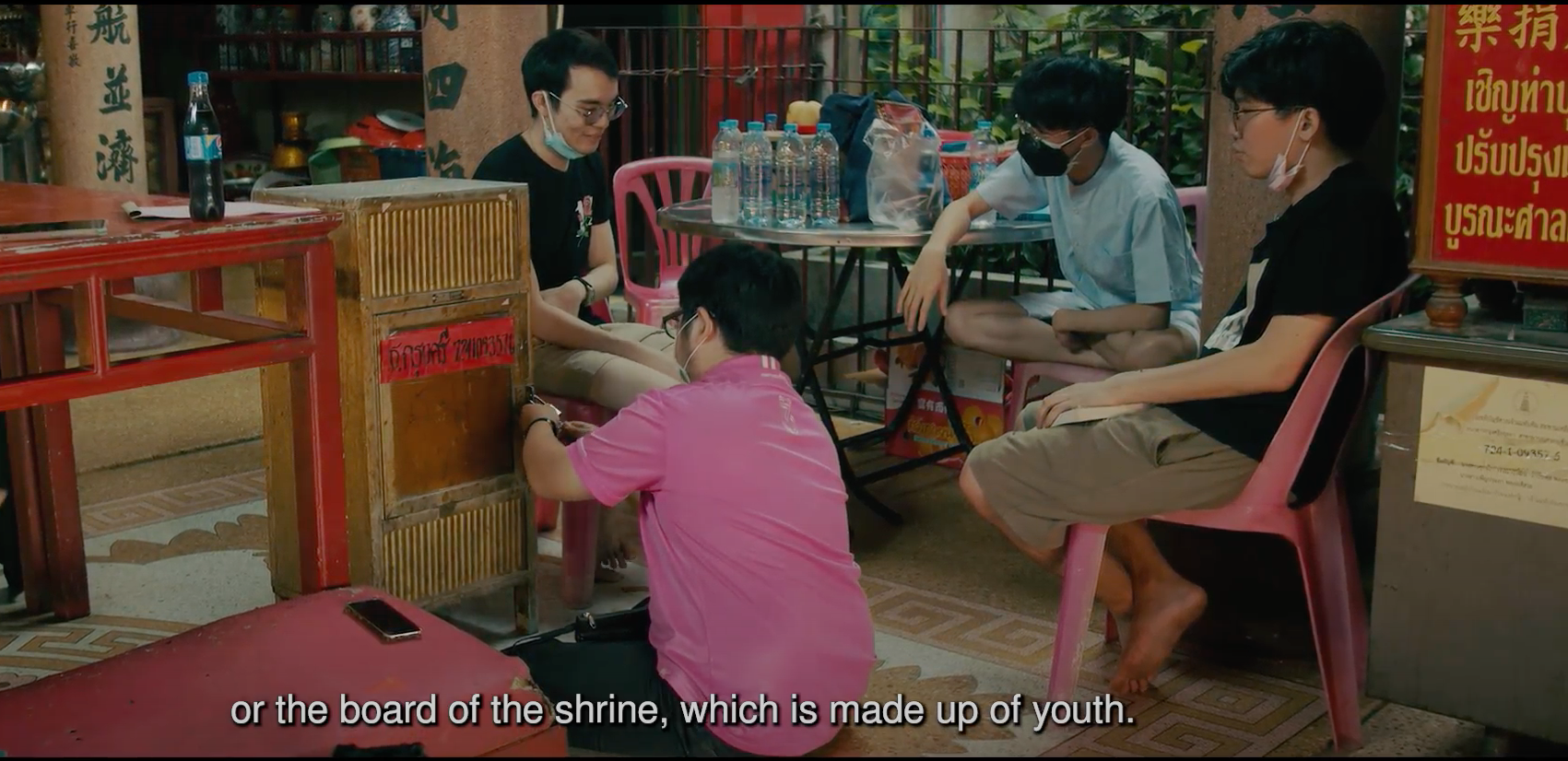
I visited a year ago, down a path fenced with sheet metal as the shrine sits in the centre of a square construction site. Amid the screeching of cranes and the clang of hammers, Penprapa arranged paper offerings in front of the incense sensor from the funeral of King Rama V, donated by King Rama VI. The Fine Arts Department told the university that the shrine wasn’t of historical value, as it’s less than the arbitrary age of a century and is like many around town. Nor is the community ancient. They settled in the 1960s, but it’s their home, their shrine and their identity, so they resisted.
PMCU built a new shrine near Samyan’s last shophouses and their faux-Chinois commercial complex called Dragon Town. That might have solved the issue, except that the community weren’t consulted. Nor were expert architects asked, like the one interviewed, who called it “a Chinese building designed by Thais.” We see Penprapa shudder at how the consecration was done Thai Theravada style with supposedly improper Chinese rites.
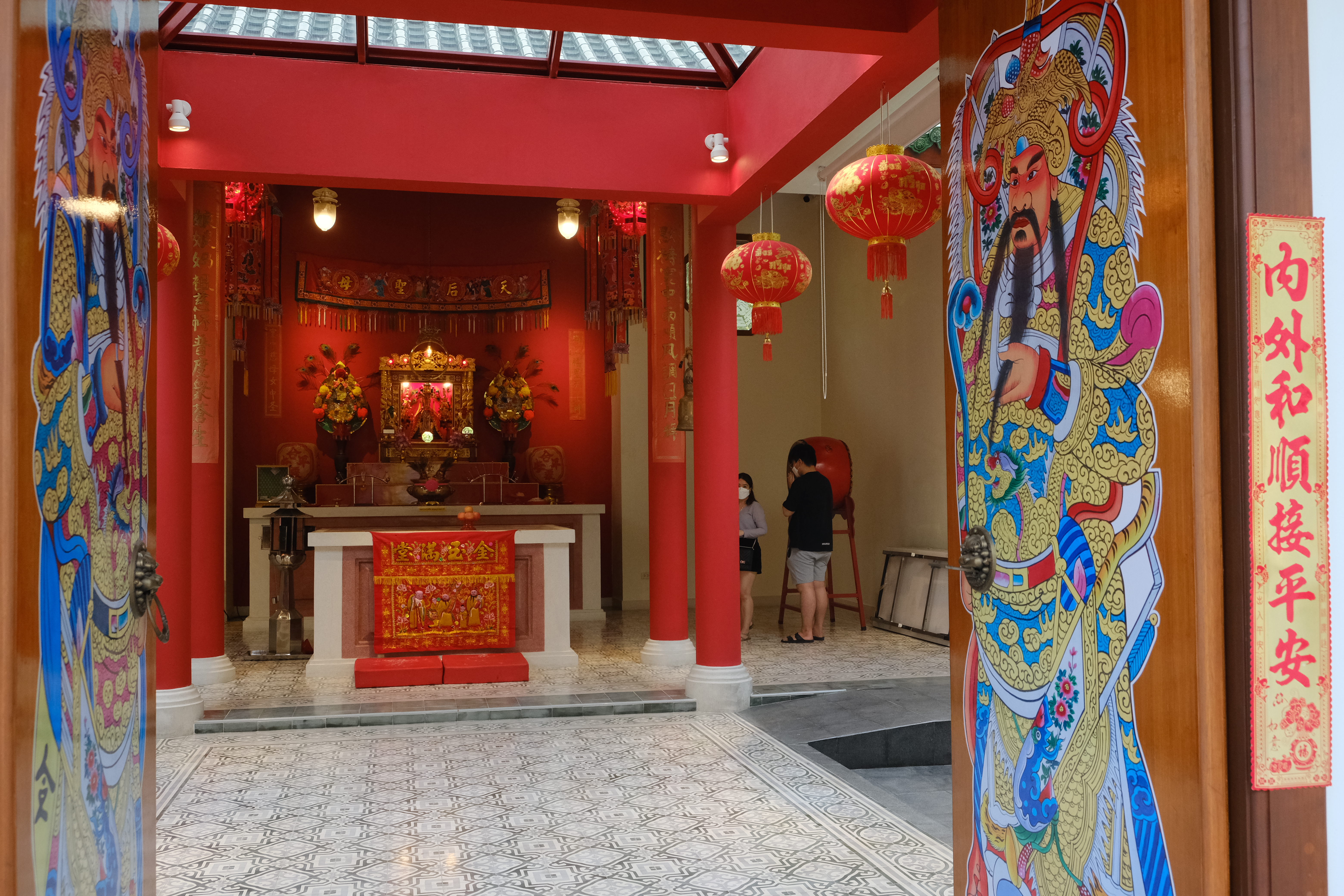
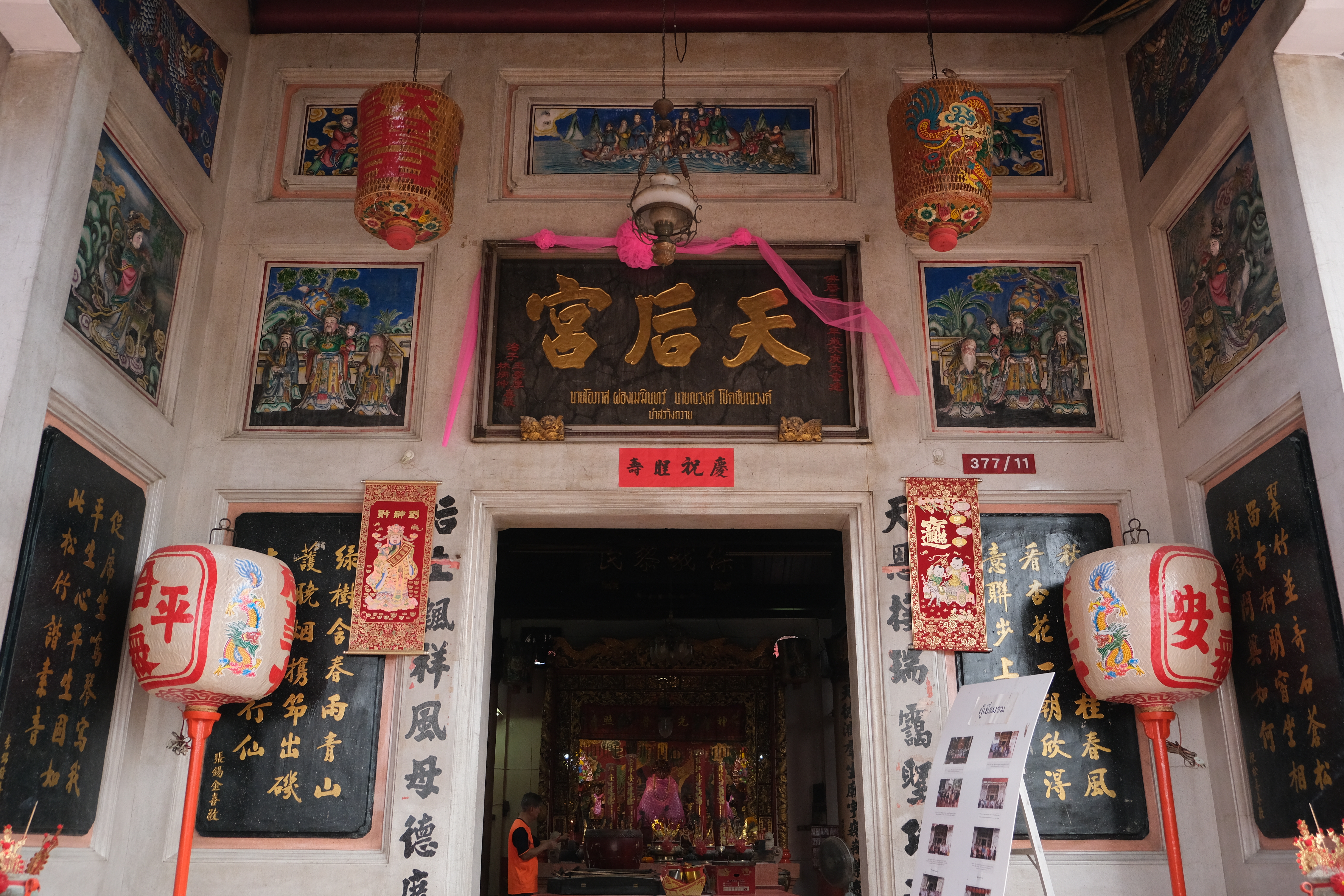
The low build-quality is evident. In place of hardwood doors painted with guardians are plywood doors bearing stickers. The original shrine’s light-well ponds regulate light and temperature as per Teochiu ingenuity, with elaborate relief sculptures of dragon and tiger. These have all been reduced to token gestures in the new shrine, which is too small, bright and hot for a shrine-keeper to stay there all day. Its altar bears a basic new effigy, whereas the original was found floating in a Bangrak canal by Pornprapa’s ancestor-in-law over a century ago. So many devotees came to see it at his home in Suanluang that the first of three shrines on the site was built in the first place.
The shrine dispute hit the media, with guards removing protestors and banners. Chulalongkorn students took it up as a human rights case and some joined the shrine committee. This advocacy for someone else’s cause may seem incongruous, yet students actually are the local residents during their degrees, and many are Thai-Chinese. Some say the issue challenged their own identity and relation to tradition. It also asks Bangkokians how far they would go to defend the character of their city? The campaigners include Netiwit Chotiphatpaisal, who became a national figure as a boy protesting school uniform. Immediately he joined Chula, he was voted the student council president, only to be disqualified because he refused to prostrate at an oath-taking ceremony. His involvement may make concessions even less likely, but he brings acumen and attention as a producer of the film.
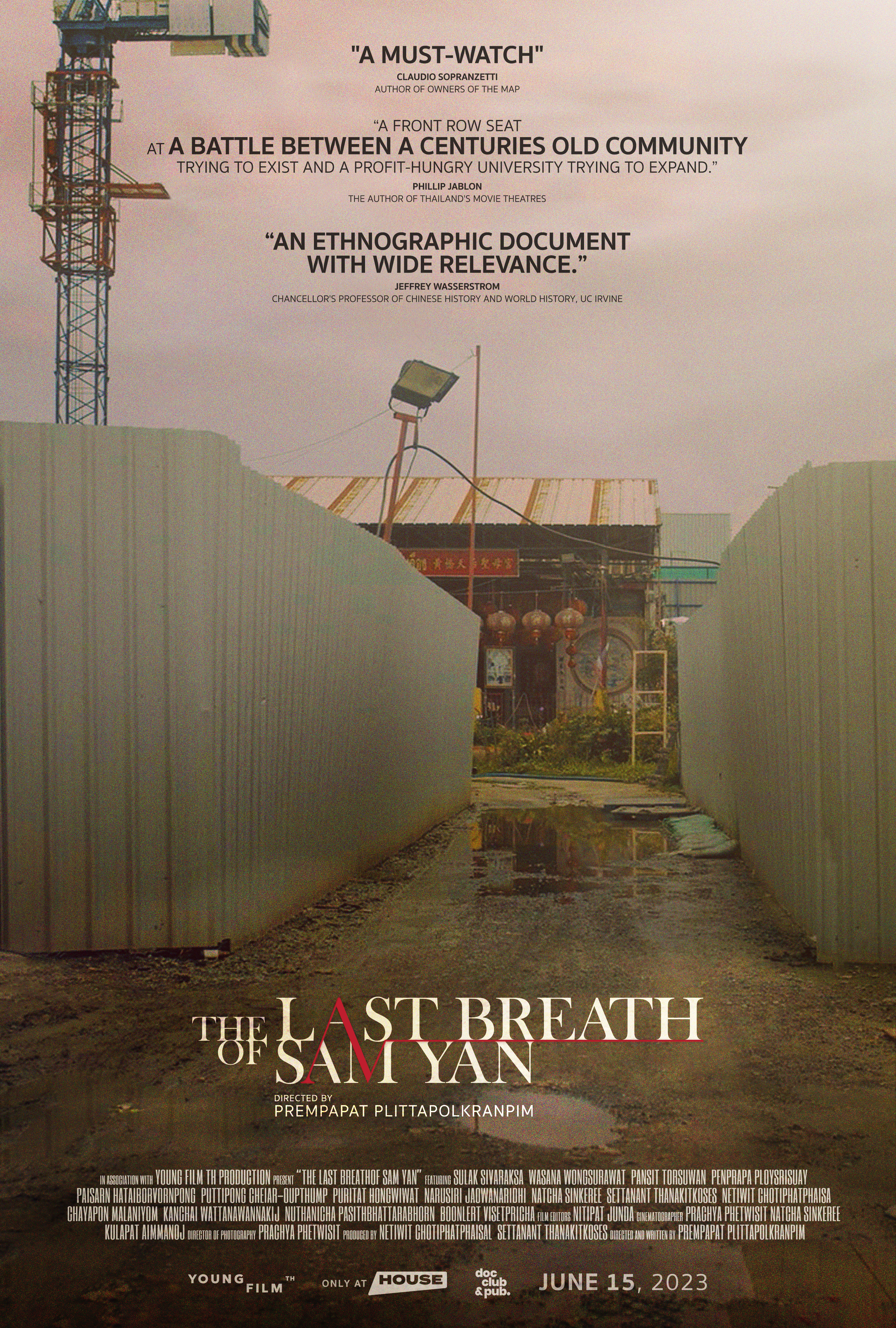
He put his money where his mouth is by opening a noodle shop in Samyan. Named Delicious Democracy Noodle, it also displays the books he publishes on progressive issues. Over a lunch of kweytiao tom yum, Netiwit and colleague Non talked about the wider issues of who the city belongs to, corporations that act like the state, and the “grand narrative” of relentless development that severs social roots. Samyan’s fate will indicate the health of Bangkok’s living traditions and collective memory.
Two towers have since risen on either side. As the film shows, the shrine could easily be kept within the central garden, and the sale of units shows de facto coexistence. Yet on 31 August 2023 a court sided with PMCU to remove the shrine, but reduced the daily fine from 2 million baht to 500 baht plus interest.
Ahead of an appeal, social media has flared with outrage, but there’s an ominous sense that the shrine won’t survive precisely because protestors want to save it, as was the case at Pom Mahakan. To let a community win would set a daunting precedent of accountability and tilt power from landowners. As in other aspects of society, a public shift towards openness affronts entrenched interests, who double-down. Will the Tubtim Shrine be another harsh lesson in power or a teachable moment for civil society?
This twice-monthly column is syndicated by River Books, publisher of Philip Cornwel- Smith’s bestselling books Very Thai: Everyday Popular Culture and Very Bangkok: Inthe City of the Senses. The views expressed by the author of this column are his own and do not necessarily reflect the views of Koktail magazine.
Get an exclusive peek into the world of Freen Sarocha: uncover 10 facts ...
In a cinematic landscape saturated with remakes, reboots and sequels, you might ...
While traditional TV shows are serving us endless boy-meets-girl tales. Thailand has ...
These top 5 barber shops in Bangkok are where gentlemen can elevate ...
Pets, as cherished members of our families, deserve rights and protections that ...
The internet makeup obsession straight out of Bangkok’s streets! Thai makeup zeroes ...
Wee use cookies to deliver your best experience on our website. By using our website, you consent to our cookies in accordance with our cookies policy and privacy policy